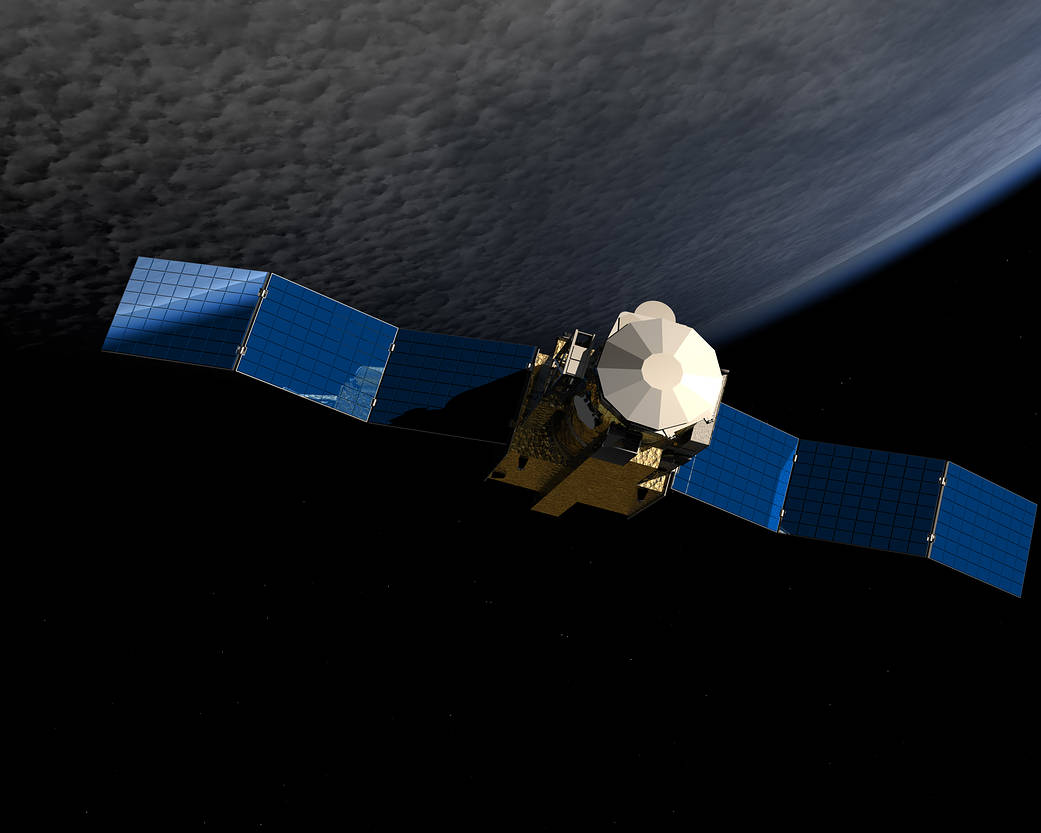This week in 2006, the Hinode spacecraft launched from Uchinoura Space Center in Japan. Designed to probe into the sun’s magnetic field to better understand the origin of solar disturbances, Hinode is one of NASA’s many missions devoted to exploring our solar system and beyond. NASA’s Marshall Space Flight Center managed development of three of Hinode’s instruments — the Solar Optical Telescope, X-ray Telescope and Extreme Ultraviolet Imaging Spectrometer. NASA’s exploration spans the cosmos, from observing the sun and its effects on Earth to delving deep into our solar system, looking beyond to worlds around other stars and probing the mysterious structures and the very origins of our universe. The NASA History Program is responsible for generating, disseminating and preserving NASA’s remarkable history and providing a comprehensive understanding of the institutional, cultural, social, political, economic, technological and scientific aspects of NASA’s activities in aeronautics and space. For more pictures like this one and to connect to NASA’s history, visit the History Program’s webpage.
Image credit: NASA

























